Physiotherapy septic arthritis
Septic arthritis is a serious condition that occurs when a joint becomes infected. The infection can cause joint pain, swelling, stiffness, and decreased mobility. Physiotherapy can be helpful in the treatment of septic arthritis in the following ways:
Pain management: Physiotherapy can help manage pain associated with septic arthritis through various techniques such as manual therapy, modalities like heat and ice, and exercises to improve strength and flexibility of the affected joint.
Joint mobilization: Physiotherapists can help mobilize the affected joint to reduce stiffness and improve range of motion.
Strengthening exercises: Strengthening exercises can help improve the stability of the joint and prevent further injury.
Balance and coordination training: In severe cases of septic arthritis, patients may experience decreased balance and coordination. Physiotherapy can help improve these functions through targeted exercises and activities.
Gait training: Patients with septic arthritis may experience difficulty walking due to pain and joint stiffness. A physiotherapist can help improve gait by addressing specific problems such as foot drop, limited knee flexion, or hip adduction.
Education: Physiotherapists can provide education on ways to prevent further injury, such as how to properly use crutches or a walking aid, and how to modify activities to avoid putting stress on the affected joint.
It is important to note that the treatment plan will vary depending on the severity of the infection and the individual needs of the patient. Therefore, it is recommended to consult with a physiotherapist who specializes in treating septic arthritis and can conduct a thorough assessment and design an individualized treatment plan to address the specific needs of the patient. Additionally, physiotherapy should be part of a comprehensive management approach to septic arthritis that may include medication, surgery, and other treatments.
